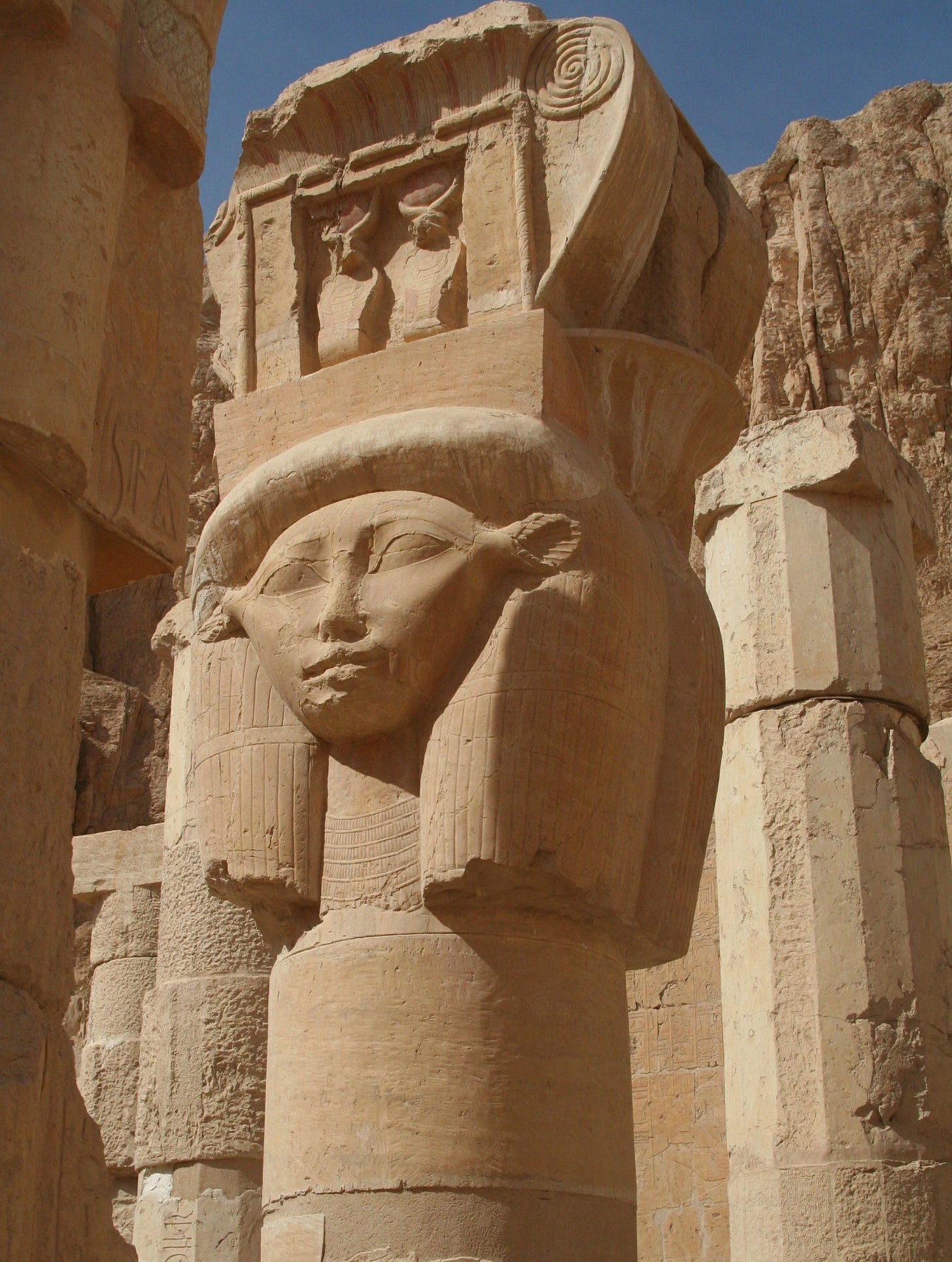Weekly Roundup- May 20th
New carvings in Egypt and Turkey, Egyptian gardens, Nubian pyramids, and balancing life and fieldwork--our favorites from the past week!
Guardian Carving “found” in the Theban Cliffs?!
Spanish Egyptologists are claiming to have found remnants of a carving in the cliffs above the DB320 cache—the famous 20th dynasty caching of some of the most famous kings of Egypt. The DB320 tomb is just to the south of Deir El-Bahri set into the cliffs.
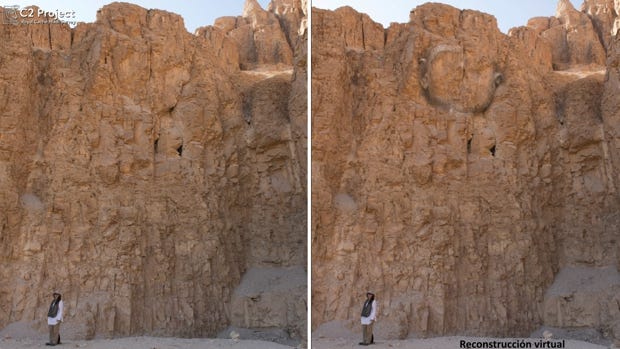
In the image above, you can see how it looks today (left) and their reconstruction (right). It appears to be the goddess Hathor, who is known as the patron deity of these cliffs and protector of kingship. Jordan, however, sees the cow-Hathor face (below) instead of the reconstructed anthropomorphic Hathor. Kara notes that it makes sense that such an image was seen in the cliff sides—maybe naturally apparent and then made explicit with further carving, like the Giza Sphinx(!)—as there are so many fanciful Theban images of Hathor coming out of the western mountains.
For more information on the project and the Royal Cache Wadi survey:
(Hi)stories Set in Plaster: Ancient Western Asian Reproductions and the Berlin State Museums
Most museum visitors do not consider the role of reproductions and casts. Reproductions are mainly used to fill gaps in a museum’s collection or physical gaps through the filling in of missing parts. A statue might be missing a leg for example that can easily be recreated in plaster by dealers, curators, and conservators.
And now 3D scanning and printing has revolutionized the industry! Museums should consider such options in light of the growing call for repatriation of many objects.
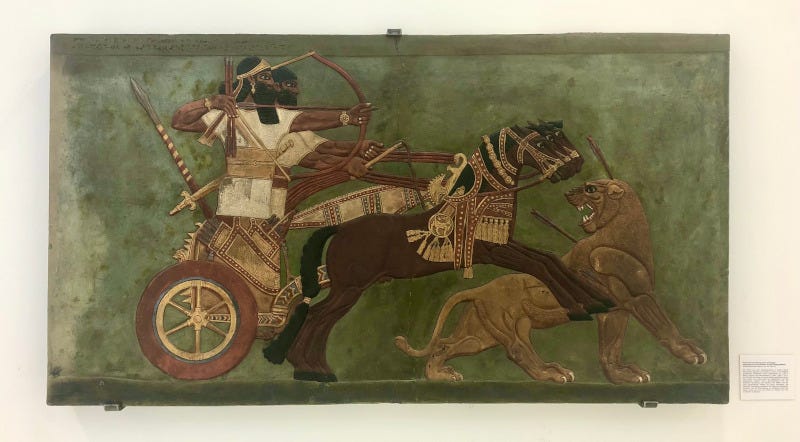
World-first recreation of ancient Egyptian garden
At Hamilton Gardens in New Zealand, the world’s first recreation of an ancient Egyptian garden is officially open to the public. Based off tomb models dating from the Middle Kingdom, like this one from the MET, visitors can now walk through this life-size recreation. They even used the Egyptian cubit to measure out the garden beds. Some of the details are a bit off (inscribed text, for example is more the prerogative of the temple or tomb) - but its still a fun idea to get visitors to the garden.
Who wants to take a field trip to New Zealand now!?!
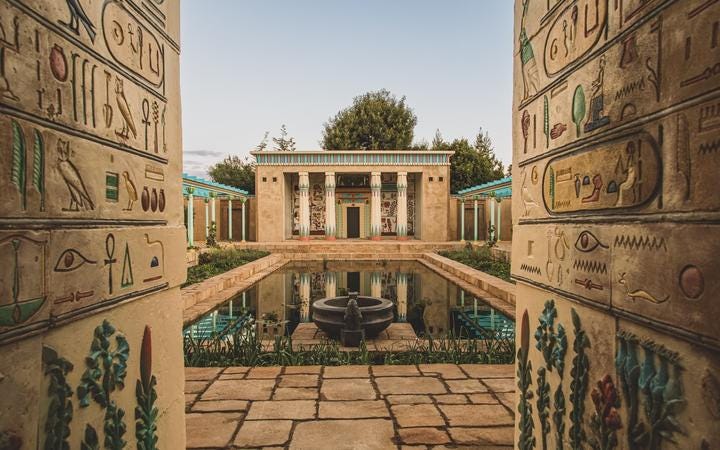
Impossible Choices at the Crossroads of Motherhood and Fieldwork
Fieldwork is tough enough just on a individual—but being a soon-to-be or current parent adds further difficulties that most cannot imagine. How do you juggle being a parent or care-taker with travel and fieldwork? Click the link to read two personal experiences. Kara and Amber, two mothers, share their thoughts:
Kara:
There is too much for me to say here. I didn’t have a chid until 38—super late because the United States makes child care another late-capitalist battle we must all fight. Suffice it to say I only was able to really jump into my academic work with both feet when my divorce imposed a fair distribution of caretaking for my son. Once that happened, I was able to schedule writing and teaching and give it my full attention on those days. No good thing comes without its attendant baggage, however. Because of my strictly imposed custody schedule, I have to keep my research trips abroad quick and intentional, like lightning strike campaigns to collect as much data as possible. I also must dispense with archaeological digs that extend for a month or more, not to mention applications for sabbaticals abroad. Every time I get an out-of-town invite on my custody days, I must mercenarily weigh my desires against my son’s needs. I have learned all kinds of tips and tricks to negotiate this difficult terrain, but, make no mistake, I will always wonder how my travel and research affects my boy…
Amber:
This article reflects a reality so many of us who do the child bearing and child care in society know: Lacking the necessary social support, in most circumstances we have to compromise between the personal and the professional. I loved my experiences on various archaeological projects and excavations at sites in Illinois and Virginia as an undergraduate and the two seasons I spent in Egypt as a graduate student. I also understood all of the challenges to mothers these authors describe, and I ultimately made choices about my own professional path that I may not have made had I known I could count on social and community support if I chose to become a mother. I know women who have made reproductive choices and compromises across an entire spectrum—from deciding not to have children, to walking some kind of a middle path, to focusing completely on building a family. No matter what the path, all of us seem to be left with a quiet emotional baggage, always questioning whether the fork in the road we chose was the one we should have taken and knowing that it’s a choice no one should ever be faced with in the first place.
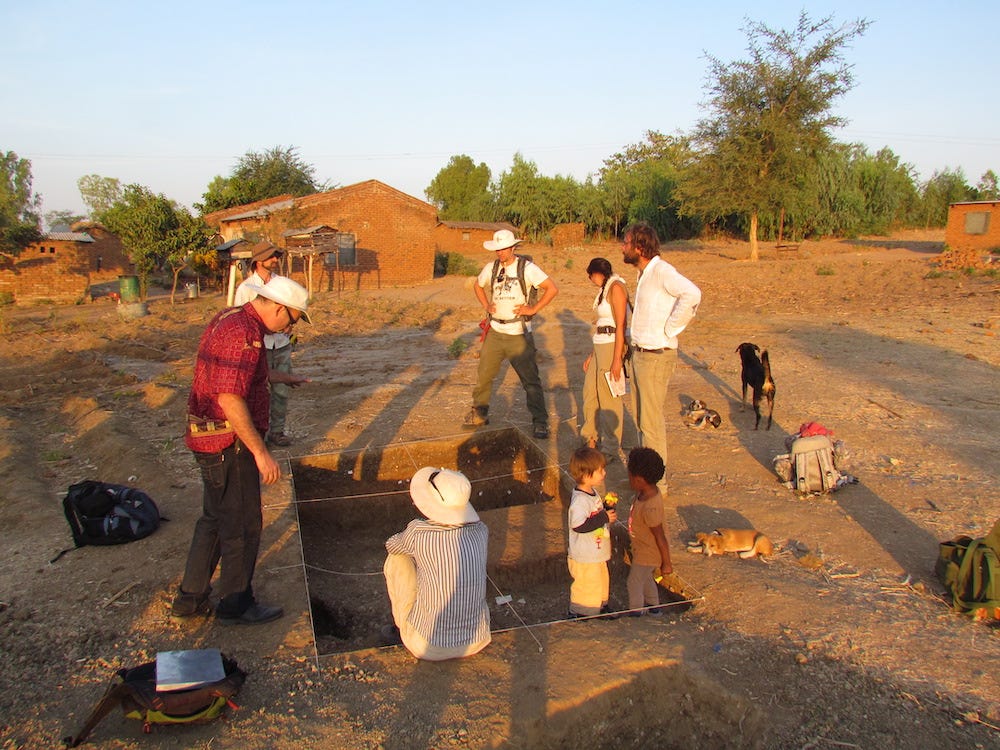
Police Find Rare Assyrian Carvings of Gods in Underground Turkish Tunnels Long Used by Looters
While raiding a house used by looters in 2017, police uncovered a series of tunnels connected to the house. To their surprise, in the tunnel were carvings dating to the Assyrian empire. The carvings depict six gods including Shamash, Hadad, Atargatis, and Sin. The carving blends local Aramaic gods with the conquering Assyrian ones, suggesting that the Assyrian powers in the region did not quash the local culture. As the article notes:
By illustrating a local cohabitation and symbiosis of the Assyrians and the Arameans in a region and period under firm Assyrian imperial control, the Başbük panel gives scholars studying the imperial peripheries a striking example of regional values in the exercise of imperial power expressed through monumental art.
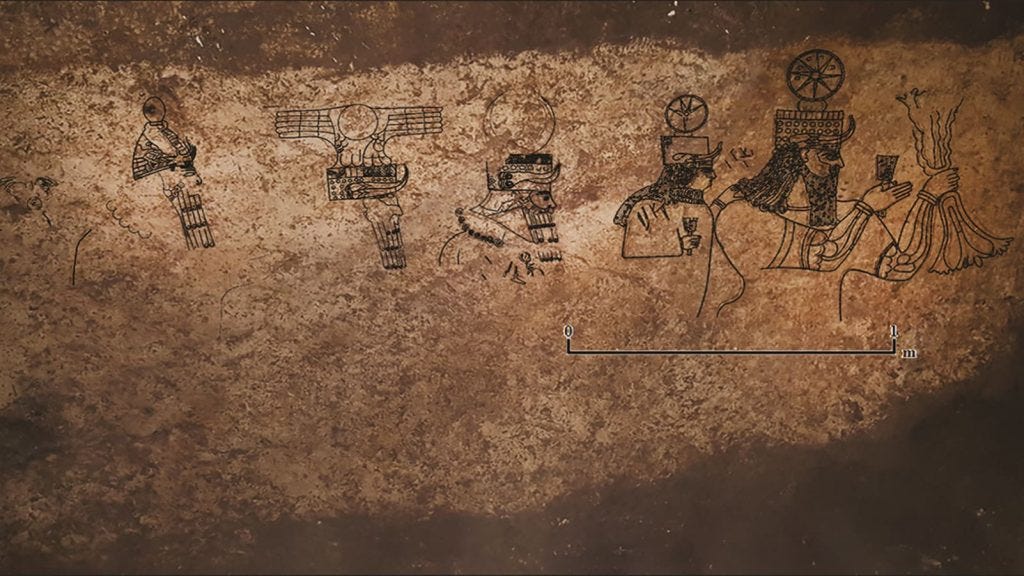
Google Arts and Culture- Pyramids of Meroë
This is an amazing interactive detailing the Pyramids of Meroë, with incredible 3D models of many of the pyramids. Definitely check this out! It is so fantastically well done!






